We were lucky to catch up with Evan D’Orazio recently and have shared our conversation below.
Evan, thanks for joining us, excited to have you contributing your stories and insights. If you could go back in time do you wish you had started your creative career sooner or later?
Part of me wishes I had started a creative career sooner. Although I am now a visual artist, I began my career as a cellist. I had devoted about ten years to music, but the truth of the matter is I fell out of love with being a musician. The aura of being a performing cellist had worn off and had felt more like labor than love. I ended up dropping out of music school to take some time off and really find out what I wanted to do with the rest of my life. I didn’t fully embrace an artmaking career until I was 24 yrs. old. Sometimes it feels like being behind the 8-ball – as if my future as an artist is shorter than my peers who began earlier. There were so many aspects of visual arts I wanted to understand and implement, that by the time I completed my formal education, I was in my 30s. Looking back now, I embrace starting my art career later. My previous life as a cellist informs my practice in a meaningful way that wouldn’t have been there if I had only made visual art.
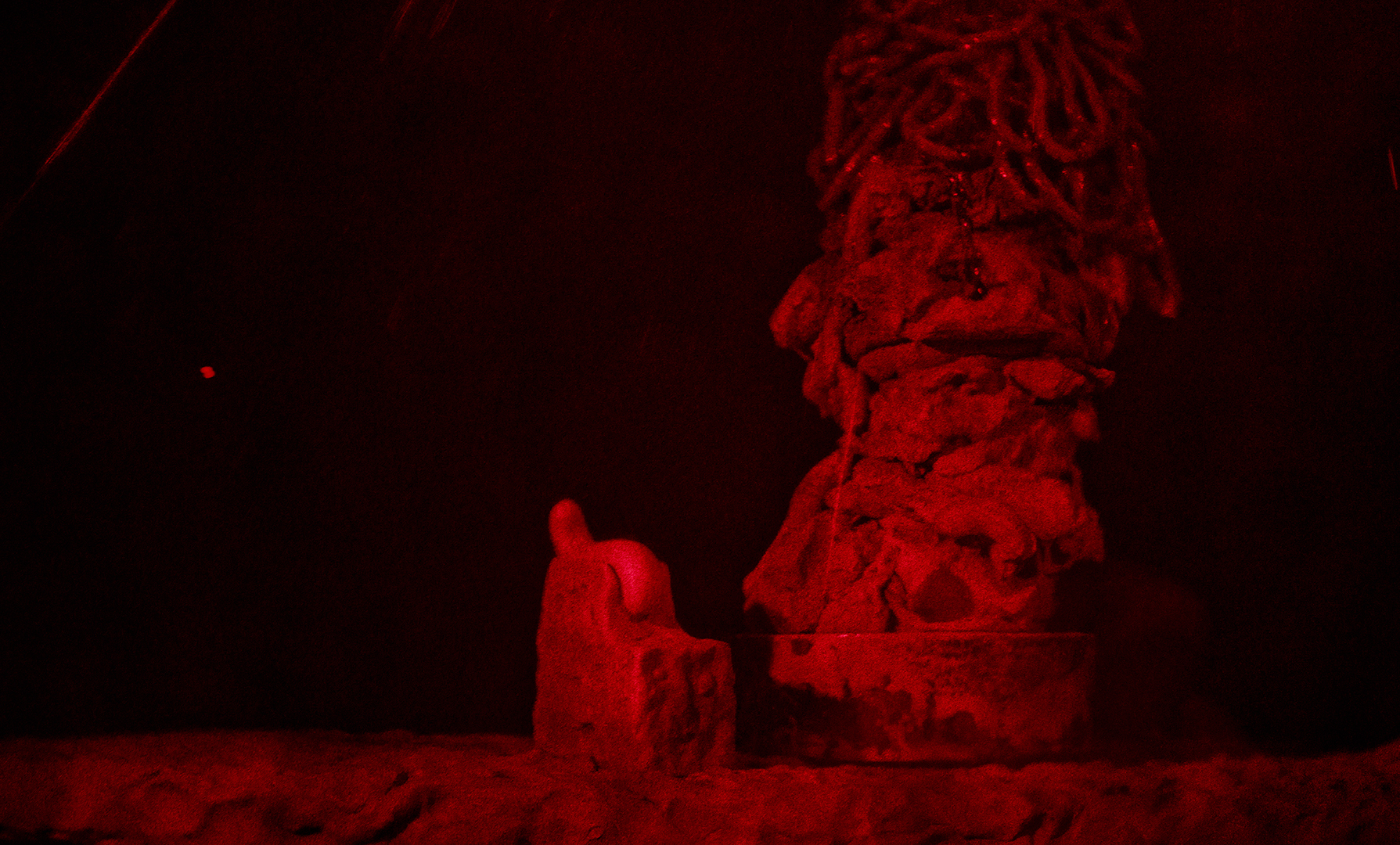

Evan, before we move on to more of these sorts of questions, can you take some time to bring our readers up to speed on you and what you do?
My name is Evan D’Orazio, and I am an artist, educator and technician. Primarily working in clay, I view the object to be not just about formal considerations, but my lived experience in the world. I have exhibited work around the U.S. and abroad in cities such as Milan and Barcelona. In 2018 I was a speaker at the National Council on the Education for Ceramic Arts – along with Andrew Casto and Jean-François Charles – for the experimental project “A Device for Measuring the Sonification of Everyday Things.” In 2021 I was invited to exhibit my small-scale ceramics for ArtPrize at Muse Gallery in Grand Rapids, MI. After finishing a year as visiting artist and instructor at Graceland University in Lamoni, Iowa, I relocated back to Grand Rapids, Michigan and currently work as an adjunct professor and ceramics studio manager at Grand Valley State University. I received my M.F.A. from the Cranbrook Academy of Art in 2016. I spend my free time building my collection of pop-culture memorabilia and hanging out with my cat, Smokey. I also love films and a good vanilla latte.
I first devoted my life to the visual arts in 2005 after a chance encounter of The Hallucinogenic Toreador – one of Salvador Dali’s late paintings – at the Dali Museum. I had an out-of-body experience that day, staring at this painting for what seemed like over an hour. I was so mesmerized, inspired and could not believe a human painted the picture before me. I wanted to inspire another person the way Dali inspired me that fateful day. Afterwards I enrolled back in college to complete my B.F.A. in Ceramics.
I mainly make small/pet-sized sculpture, drawings and airbrush works. Most of my clients display these pieces to complement their living spaces and other larger collections of art in the home. What sets my work apart from others is my experience and perspective: my past as a musician and the way I approach artmaking. My previous life as a cellist informs nearly everything I make, critique and do. My memories of the darkened pit orchestra, the world of the performance stage and musician-life somehow ‘inform the forms’ today. Many of these current forms are born from the primordial ooze of this past life: what does that sound look like? Can form have tonality? If you could condense a symphony into a single visual work, what would it look like? This coupled with a process-oriented way of artmaking often brings me many ideas for new bodies of work.
What I want others to know about the work is that I’m attempting to present ‘play’ as serious. Play is often looked down on as a thoughtless exercise in time-wasting (there’s even a NYT article about this subject). Yet, some of the more engaging and visually interesting works I’ve made were born out of engaging the senses in play within the 3-Dimensional world. I’m trying to reimagine a quasi-Peewee’s Playhouse for today, combined with my life experience that becomes wholly my own. The moodiness and melancholy content of the work are unavoidable, but I will always long for play, color & form, attempting to silence the ghosts of influence.
Through it all, I’m most proud of having the courage to leap into this path less traveled; to change my projected career path when my heart was screaming to listen. This art life is not at all a garden of roses, but within it I am the truest and most free version of myself.
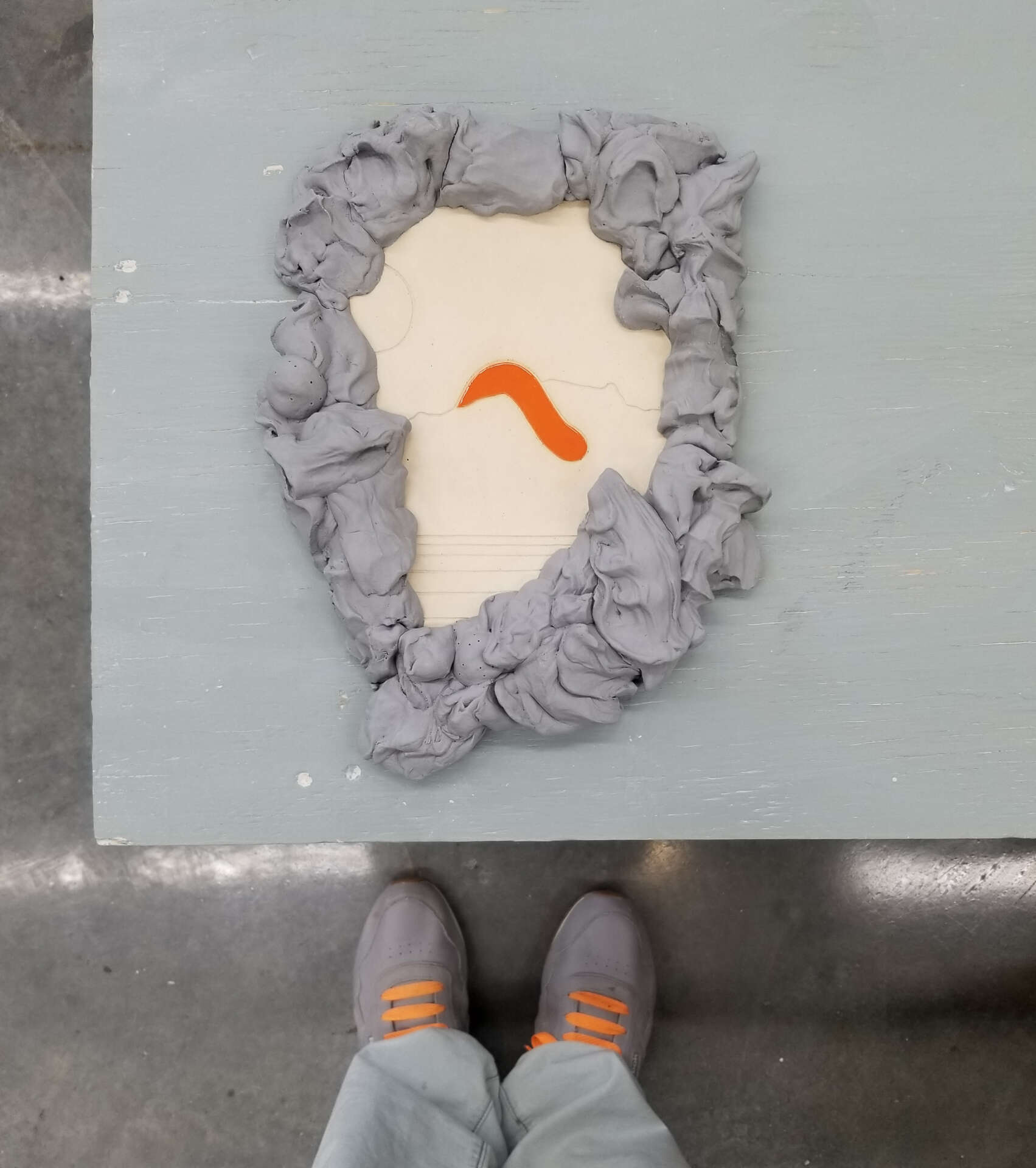
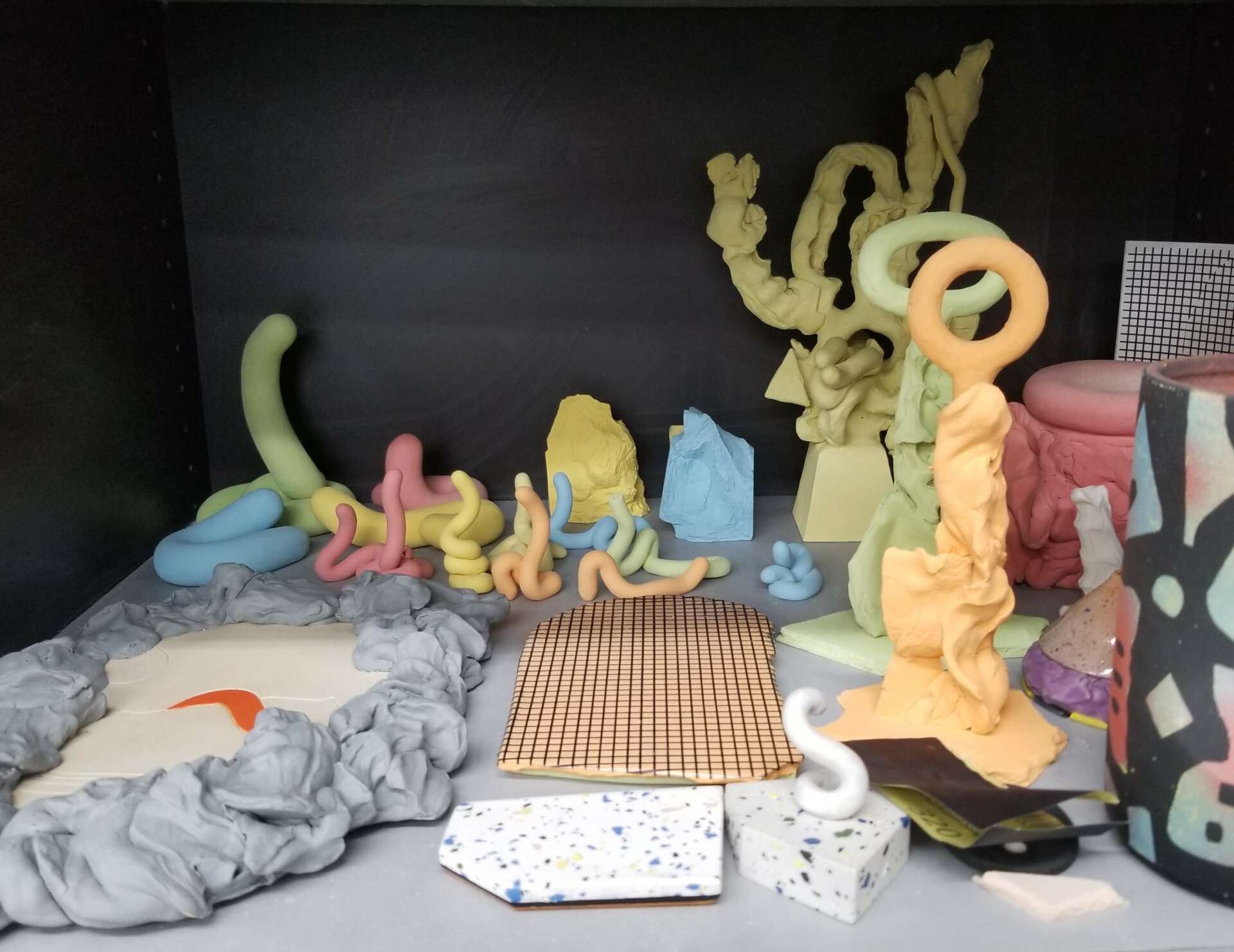
Have you ever had to pivot?
I’m currently pivoting through the lack of balance between my job and art making. I used to only teach part-time at colleges, art centers and universities. Most of these positions are adjunct: they run a couple times a week, and are often focused on core or intro-level courses. This allowed for at least 20-30 hrs. a week to: be in the studio, make new bodies of work, photograph, apply to shows and share the work on social media (and deal with sales on occasion). I now work almost full-time in the current University where I have a dual role of both adjunct professor and studio manager (ceramics technician). I have no real functioning studio space where I live and many of my recent works are aging past the one-year mark. It has taken a lot of perspective and understanding to be OK with not making work every day. I’m often reminded by a quote from the artist Stephen De Staebler – “Artists don’t get down to work until the pain of working is exceeded by the pain of not working.” I feel steam building up from this pain to pivot back to making art in a more focused and intentional way. In the book Art & Fear, David Bayles and Ted Orland also stress an important point: “Quitting is fundamentally different from stopping. The latter happens all the time. Quitting happens once. Quitting means not starting again — and art is all about starting again.” Fortunately, the passion to make my work has not left me, but only built up steam as I focus on other aspects of my career. Being away from the practice has brought new insights into the work: where it was going, where it wants to go, new content, breaking bad habits and doing things differently than before.
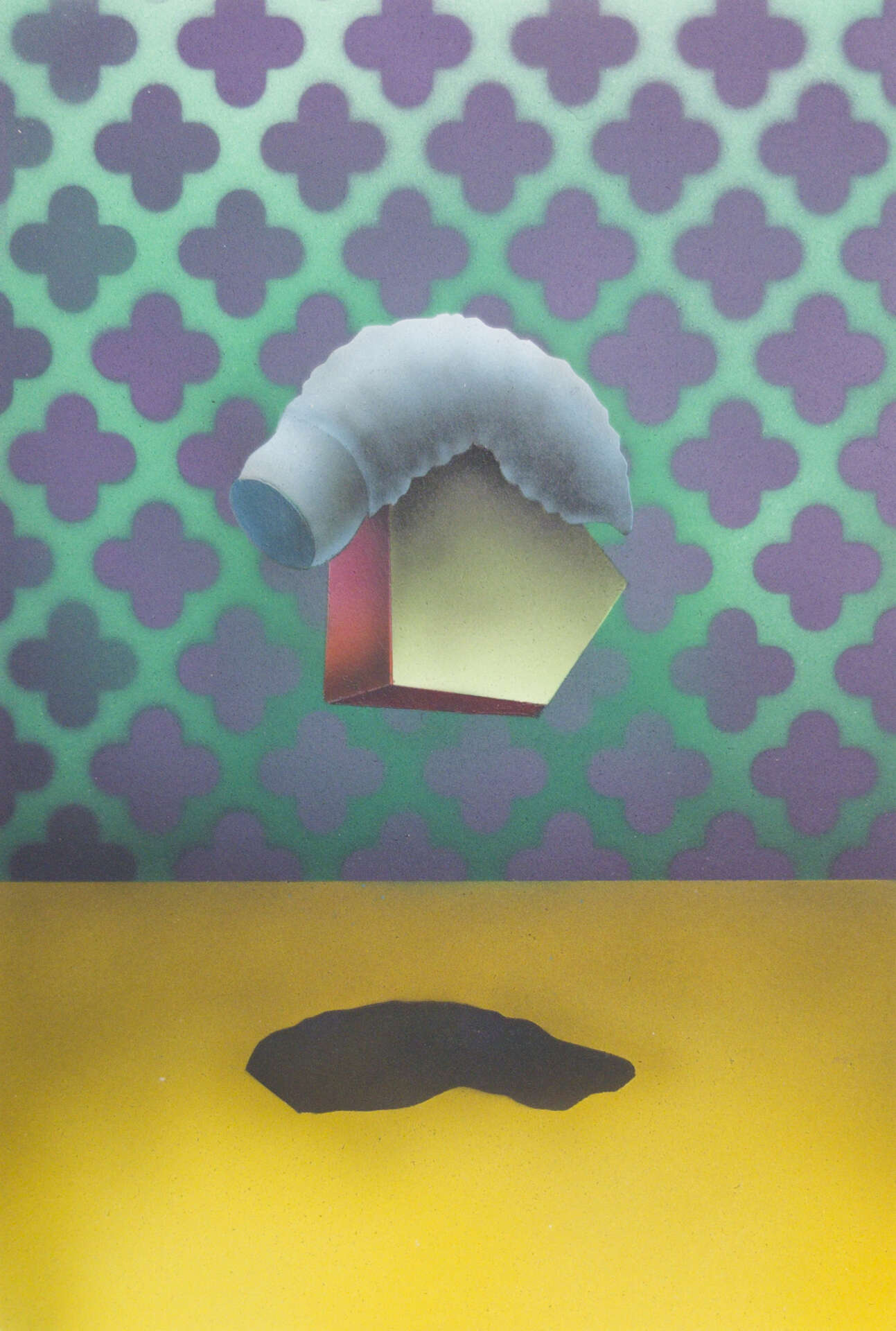
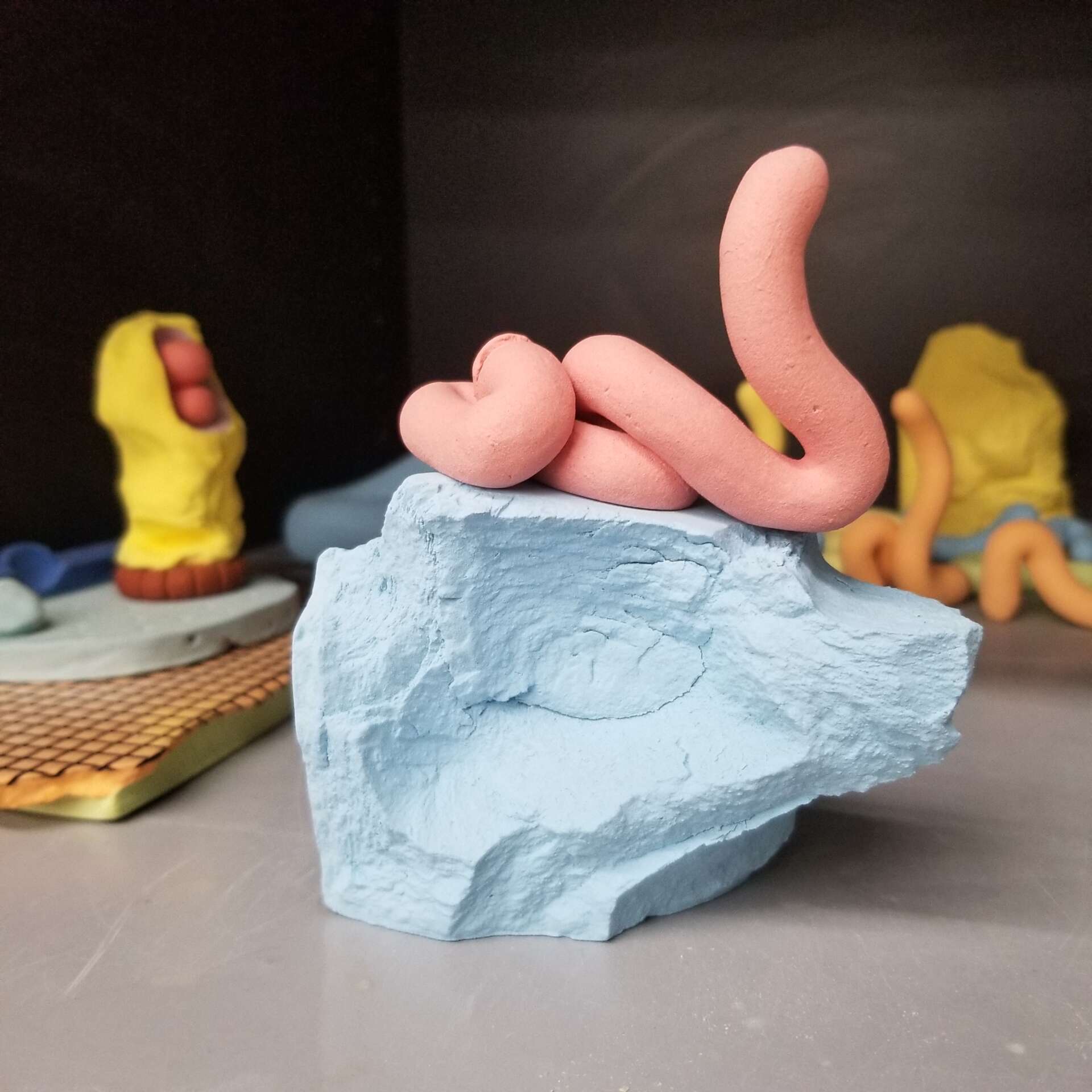

Is there mission driving your creative journey?
There is a main goal driving my creative journey, and it is to fully realize the ideas, sketches and experiments into completed works of art that are fully my own. It is often difficult to get ‘the thing’ out of our minds as artists and into the tangible world; there are so many sights I want to share with my viewers. When I devoted my life to one of art making, I went all in. I strive to make honest work in content while also being true to the surfaces they carry with them. I need to know that at the end of this journey, I can lay my eyes on the images and scenes that came from within. A new world of forms and surfaces built on a life of attempting to get out what’s inside.
Contact Info:
- Website: www.evandorazio.com
- Instagram: https://www.instagram.com/studio_dorazio/?hl=en
- Facebook: https://www.facebook.com/WitheredWorks
- Linkedin: https://www.linkedin.com/in/witheredworks/
Image Credits
Headshot: Phot by Deborah D’Orazio. All Others: Photos by Evan D’Orazio


